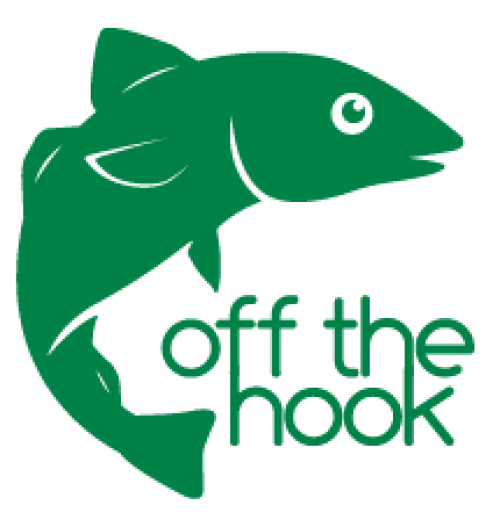If you’ve ever ate mussels before, you may have noticed that some are a creamy light orange, while and others are a more vibrant dark orange.
The color difference is how you can tell a female mussel from male mussels.
The ladies are more colorful; as if they wore make up !
